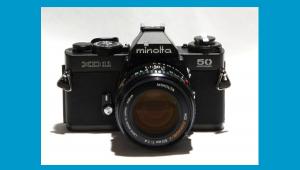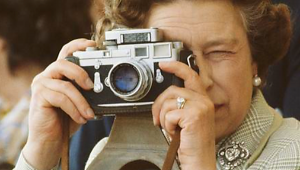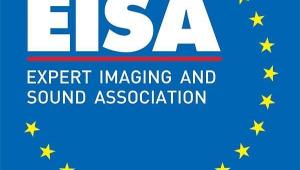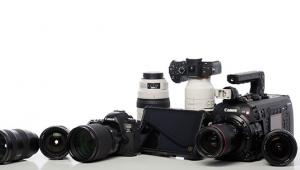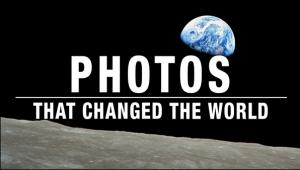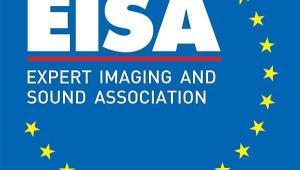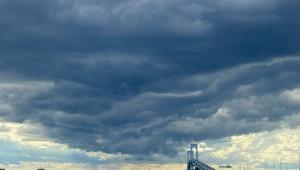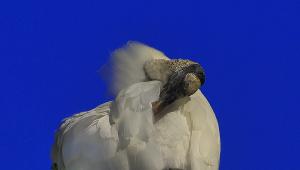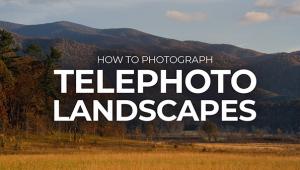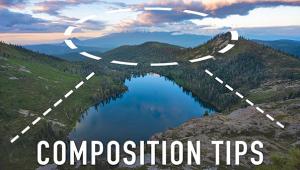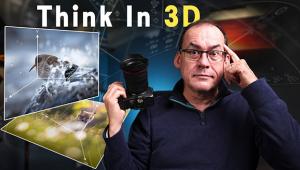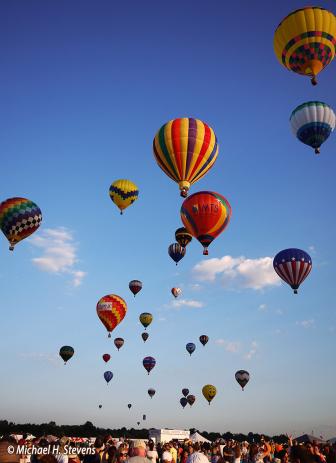Canon W EOS 50D Digital SLR Camera

Canon has built upon the success of the popular EOS 40D model - which will
remain in Canon's line - with the EOS 50D Digital SLR camera. The Canon EOS
50D Digital SLR camera carries over the EOS 40D's 14-bit Analog-to-Digital conversion
process for smooth tones, and also includes enhanced noise reduction, especially
at higher ISO ranges which will help bring those romantic nighttime shots into
greater focus and clarity. Capable of shooting 6.3 frames per second (fps),
the EOS 50D Digital SLR camera is ideal for shooting everything from beautiful
night landscapes to fast-action sports.
The EOS 50D Digital SLR camera's 15.1-megapixel CMOS APS-C size image sensor
has been improved thanks to the use of newly designed gapless microlenses over
each pixel to reduce noise and expand sensitivity up to ISO 12800. The faster
processing speed of the camera's DIGIC 4 image processor contributes to the
fast 6.3 frame-per-second (fps) continuous shooting capability (for bursts of
up to 90 Large/Fine JPEGs or 16 RAW images on a UDMA CF card), to give shooters
the tools they need to capture that perfect moment in perfect clarity.
The Canon EOS 50D camera provides ISO speeds from ISO 100 up to ISO 3200 in
1/3-stop increments, along with two high-speed settings - H1 and H2 - of ISO
6400 and ISO 12800, respectively. Along with a wide ISO range, Canon gives shooters
more tools to help maximize clarity and color. The EOS 50D Digital SLR camera
offers multiple levels of noise reduction during high-speed shooting. Users
can choose from one of four settings- Standard/Weak/Strong/None - to help reduce
digital noise that can result from poor lighting conditions.
As part of the camera's internal image processing, the Canon EOS 50D Digital
SLR camera conducts peripheral illumination correction, which automatically
evens brightness across the image field, making an image of a blue sky even
toned throughout, a function previously accomplished through post-processing
software on a personal computer. Thanks largely to the DIGIC 4 processor, this
automatic adjustment can be made in-camera during shooting with JPEG images
or corrected in post-photoshoot processing with RAW images through Canon's Digital
Photo Professional (DPP) software, which is supplied at no extra charge.
Helping to ensure each picture's subject is clearly visible, Canon's enhanced
Auto Lighting Optimizer analyzes the brightness of subjects and automatically
adjusts dark images so that they appear brighter, perfect for subjects in shade
or in backlit situations. The Auto Lighting Optimizer on the EOS 50D Digital
SLR camera has been updated not only to optimize images while they are being
taken, but can also optimize images post-capture, during playback, to help ensure
the subject of each image does not appear too dark. This is especially helpful
when an amateur photographer uses the camera, because post-capture enhancement
can help maximize image quality without the need of a computer.
A significant upgrade to the Canon EOS 50D camera is its large, clear 3.0-inch
Clear View LCD screen which features 920,000 dot/VGA resolution, four times
the pixel count of the EOS 40D camera's screen, for better clarity and color.
To help show off those fantastic shots, the EOS 50D camera includes an HDMI
(High-Definition Multimedia Interface) output to display crisp, clear images
on a High-Definition TV. The EOS 50D recognizes the needs of today's photographers,
and the faster processing speed of the DIGIC 4 processor helps support UDMA
cards for faster writing of image files.
The camera is also equipped with a high-performance viewfinder featuring 0.95x
magnification and the same high-performance Autofocus (AF) system as the EOS
40D camera with nine cross-type sensors for accurate target subject acquisition
with lenses possessing maximum apertures of f/5.6 or faster and a high-precision
diagonal center cross-type AF point that's effective with f/2.8 and faster lenses,
helping photographers ensure better focus of their targets. The AF Microadjustment
feature, originally introduced last year with the Canon EOS-1D Mark III professional
digital SLR camera, has also been added to the EOS 50D for maximum control over
focusing precision.
Canon is taking steps to give advanced amateurs more flexibility with a new
"CA" Creative Full Auto setting on the EOS 50D Digital SLR camera's
mode dial. This new setting goes a step beyond Full Auto, by allowing users
to make adjustments before shooting while still in an Automatic mode, without
needing to know the meaning of technical terms such as aperture, shutter speed,
etc. In this mode, the camera menu on the back screen spells out options in
common language for average photo enthusiasts, allowing them to "blur the
background" or "lighten or darken the image." These easy-to-comprehend
image options will help amateur photographers improve the shots they are capable
of taking, while helping them learn new techniques. When in the new CA mode,
users will be able to adjust flash settings, brighten or darken images, blur
the background, set the camera's drive mode, and select a picture style directly
on the camera's LCD screen.
For photographers who prefer to frame their shots using the camera's 3.0-inch
Clear View LCD screen, Canon has improved the Live View function of the EOS
50D Digital SLR camera to include "Quick Mode AF," "Live Mode
AF," and "Face Detection Live Mode AF" that detects up to 35
individual forward-looking faces for better focus and clarity when taking group
or portrait shots. The camera's Quick Mode AF setting flips the mirror down
and carries out regular phase-detection autofocus, while the Live Mode AF and
Face Detection Live Mode AF use the camera's CMOS image sensor for contrast
detection autofocus. Two detailed grid displays have also been added to Live
View shooting as optional settings for easier composition.
In addition to the RAW and JPEG image capture modes that photographers are accustomed
to, the EOS 50D Digital SLR camera now offers more manageable resolution settings
and file sizes with two sRAW recording formats, sRAW1 and sRAW2. At the sRAW1
setting, resolution is 7.1 megapixels with a file size that is approximately
25 percent smaller than a standard 15.1 megapixel RAW image. With the sRAW2
setting, resolution is 3.8 megapixels at less than half the file size of a standard
RAW image, retaining all of the flexibility and creative possibilities associated
with full-size, conventional RAW images. The EOS 50D is the first Canon Digital
SLR that allows the use of RAW and sRAW settings in Basic Zone as well as Creative
Zone shooting modes, even further improving the camera's flexibility.
The Self-Cleaning Sensor Unit for the Canon EOS 50D has also been upgraded and
now includes a fluorine coating on the low-pass filter for better dust resistance.
The Self-Cleaning Sensor Unit uses ultrasonic vibrations to shake dust particles
off of the low-pass filter in front of the sensor each time the camera is powered
up or shut down. The second part of the system includes a software component
where sensor spots are mapped and saved as Dust Delete Data that is attached
to the image file for removal during post processing using Canon's DPP software.
The EOS 50D is compatible with the full lineup of Canon EF lenses as well as
the Company's ever-growing line of affordable EF-S lenses created specifically
for Canon Digital SLRs with APS-C size image sensors. The Canon EOS 50D Digital
SLR camera is scheduled for October delivery and will be sold in a body-only
configuration at an estimated selling price of $1,399.00*. It will additionally
be offered in a kit version with Canon's EF 28-135mm f/3.5-5.6 IS USM zoom lens
at an estimated selling price of $1,599.00.
New EF-S 18-200mm f/3.5-5.6 IS Lens ?Canon has answered the call from advanced
amateur photographers looking for a solid all-around lens with the introduction
of the new EF-S 18-200mm f/3.5-5.6 IS zoom lens. With an incredible focal length
range equivalent to 29-320mm in the 35mm format, the new EF-S 18-200mm lens
will make an excellent addition to any camera bag, and it gives shooters a great
lens to capture both standard as well as telephoto images. The new lens features
Canon's built in Optical Image Stabilization system which gives the equivalent
effect of a shutter speed roughly 4 steps faster, for better image clarity,
even in shaky shooting conditions. With a minimum focusing distance of 0.45m/1.5
ft. at all zoom settings, this new lens should prove to be ideal for those situations
where swapping lenses isn't an option. An ideal complement to the EOS 50D SLR
camera and all other EF-S compatible EOS SLR cameras, the EF-S 18-200mm f/3.5-5.6
IS lens is scheduled to be in stores this October at an estimated selling price
of $699.00.
http://www.usa.canon.com
- Log in or register to post comments


